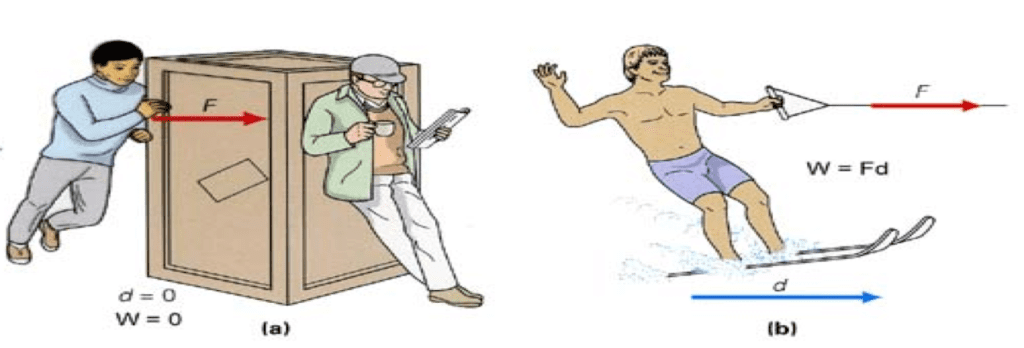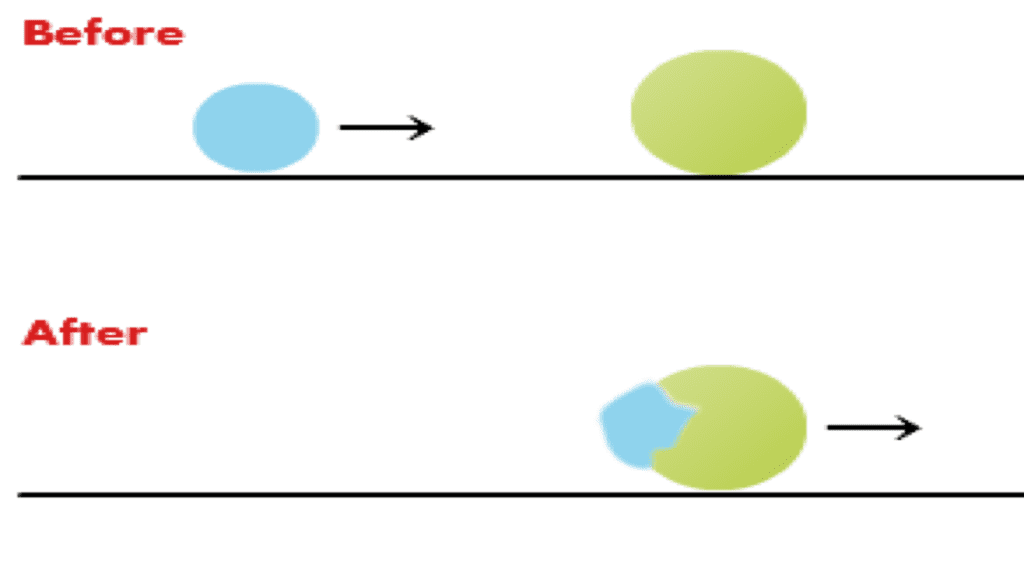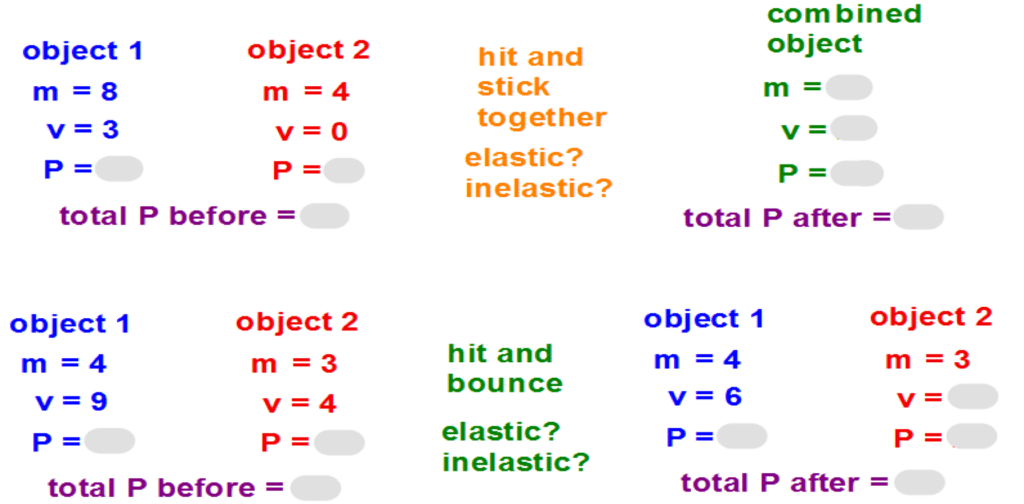Content Objectives:
Students will demonstrate application of work and power by completing a structured practice.
Language Objectives:
Students will write to solve questions about work and power using the CER and GUESS method on a structured practice
Bell Work:
Today we will be learning about work and power. How do you think the pictures below relates to work?

Exit Ticket:
What is the difference between work and power?

